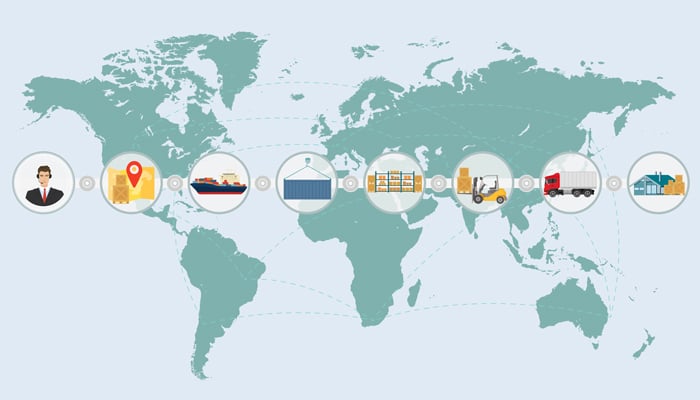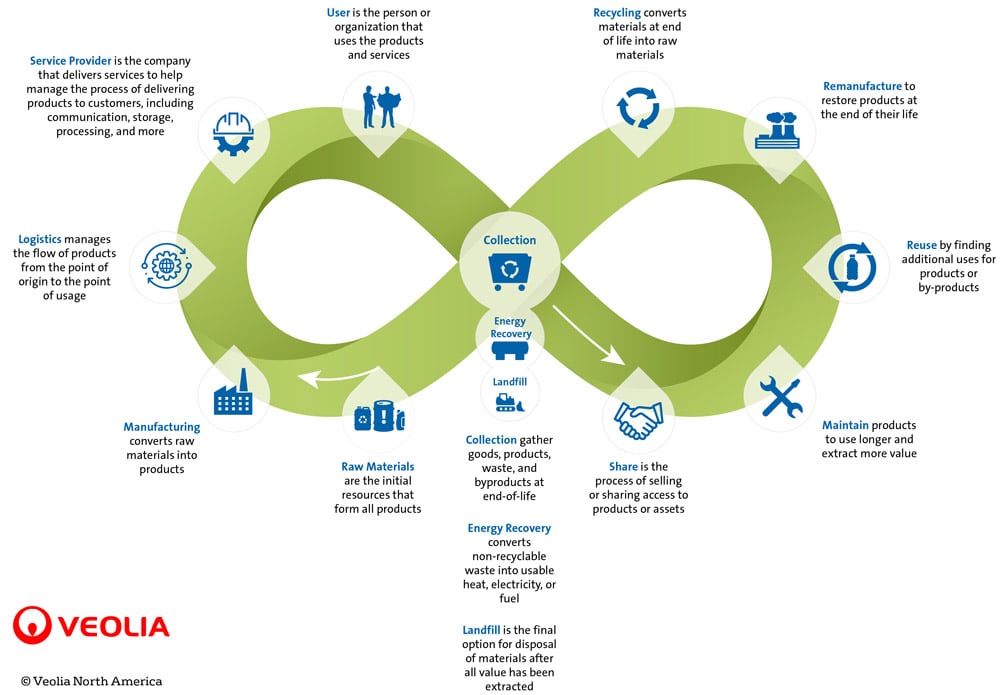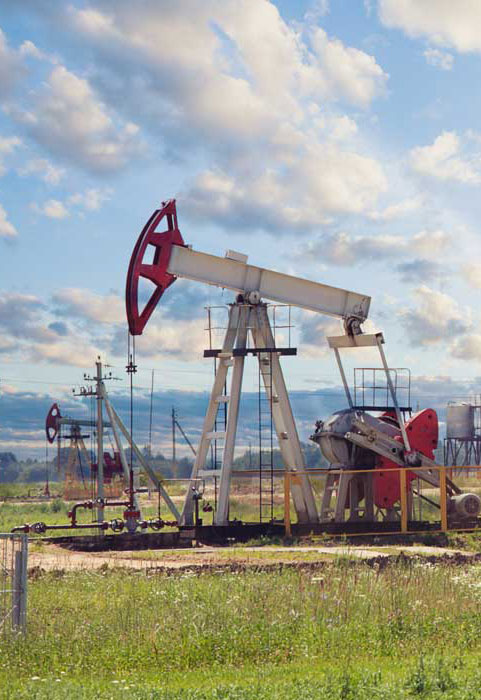The COVID-19 pandemic has sent shockwaves through global supply chains. For the first time in modern manufacturing history, demand, supply, and the available workforce were affected globally at the exact same time. The strain that pandemic conditions have placed on our worldwide industrial infrastructure has shined a bright light on several critical shortcomings. Among these gaps are a dependence on extremely long supply chains and inflexible manufacturing processes.
However, with a crisis comes opportunity, and there is a chance for companies to reassess the systems and processes that largely failed them during the pandemic. By tightening up supply chains and focusing on extracting more value from existing goods and resources, circular business models have the potential to improve on current shortcomings and create more resilient businesses in the post-COVID-19 world.
Where current manufacturing processes went wrong
Over the past forty years, much of the manufacturing across the globe has developed along the lines of global value chains (GVCs). Essentially, GVCs describe the division of labor on a global scale. Different pieces and stages of production are completed in several countries or regions around the world.
This multinational production was made possible by a general liberalization of trade and investment, improvements in transportation, and massive advancements in communications. What this change means, however, is that raw materials and intermediate goods travel around the globe multiple times before they are assembled and shipped once again.
By the time consumers have the product in their hands, it’s likely that its constituent parts have been assembled in several different countries, with the final assembly taking place in yet another country. The problem with this large, dispersed system of supply and production is that if one piece of the puzzle is affected by a disaster or disruptive event, like China during the coronavirus outbreak, the final product cannot be delivered to market.
Current global manufacturing processes are extremely fragile.
Coronavirus broke the “chain” in supply chain
According to a survey conducted by Thomas of over 1,000 North American manufacturing and industrial sector professionals, 64% of respondents reported that their company had been affected by the shutdown of nonessential business. Since the start of 2020, disruptions to businesses in China caused by COVID-19 have had far reaching consequences across the entire world. With factories shut down in Asia, many North American companies were unable to obtain parts and intermediate goods needed for production.

Already in February, supply chains were disrupted in industries ranging from automotive to prescription drugs. Fiat Chrysler had to temporarily halt production at a car factory in Serbia because it was unable to acquire parts from China. In late February, the FDA warned of possible supply problems for certain pharmaceuticals and essential medical equipment due to production slowdowns in China.
As a result of these disruptions, many companies have expressed an interest in “reshoring,” or bringing production back closer to home in North America. In the same Thomas survey, 64% of respondents indicated that they were likely to return manufacturing and sourcing to North America, with 28% saying they were “extremely likely” to do so.
Flexible vs. inflexible manufacturing: Which are you?
In addition to bringing fragile, overly lengthy supply lines into sharp focus, the coronavirus outbreak has also underscored the value of flexible manufacturing processes. With many companies seeing demand for their usual products plummet, and demand for things like ventilators, masks, gloves, and other personal protection equipment (PPE) skyrocket, many have been forced to adapt or halt production.
Whether changing consumer demand or dealing with supply chain problems, companies across the country have reacted in different ways to ensure business continuity and to generate revenue. One of those ways has been to repurpose facilities and suppliers in order to produce the tools and equipment needed to fight COVID-19.
Many major companies have stepped up to convert their factories, resources, and knowledge towards a completely new set of products. General Motors, Ford, and Tesla repurposed facilities for the production of ventilators. Liquor distilleries have switched to making much needed hand sanitizer products. Luxury hotels have offered thousands of otherwise empty rooms to be used as quarantine centers and housing for frontline workers.
One thing has become clear: companies in many industries that have been flexible enough to adapt have found innovative ways to keep production and revenue flowing. Organizations with highly inflexible manufacturing processes, on the other hand, are now facing a hard reality and must either shut down completely or remain idle while the pandemic runs its course.
What is the way forward for the global economy?
Easily disrupted supply chains, inability to adapt or adapt quickly, and greatly reduced demand brought on by millions out of work are all factors that are affecting businesses. What is the way forward?
In the short term, companies need to recover lost revenue. That means minimizing waste and maximizing return on investment are required to help make up for the time spent idle. It means we must find ways to put the resources you have or have access to right now into work that generates new types of profits. And it means we need to look at things like waste and resources in a new light.
In the long term, the way forward is building resilience to future global disruptions. On one side, that process will entail creating tighter, more visible supply chains. On the other side, it will mean businesses must examine how well their manufacturing could be repurposed to respond to rapidly evolving societal and consumer situations.
Pandemics exposes the limitations of linear economies
The issues with our current industrial infrastructure that have been exacerbated by the coronavirus pandemic are not new. They are issues arising from the larger problem of economic and environmental sustainability, or the lack thereof. The path forward for both the short term problem of manufacturing disruption and the long term problem of resource depletion and overly complex and costly production methods is the same.
The traditional, linear model for manufacturing is defined by “take, make, waste.” This method requires a continuous flow of cheap inputs and resources, often necessitating that they are obtained from far away areas of the globe. The problem with linear approaches is that, in the long run, they put a strain on our natural resources, create large amounts of waste, and eliminate the possibility of using the full value of raw material.
Additionally, when a major global pandemic or other disruption occurs, and the constant stream of long distance inputs stops, production must cease, and companies go out of business.
The future economy is circular
A circular economic model, on the other hand, aims at every level to reduce, reuse, and recycle waste. It’s designed to turn all the waste that companies and individuals produce into a valuable, productive resource to be used again and, in doing so, shortens expensive supply lines. Circular business models accomplish this objective by reintroducing “waste” into the production cycle instead of disposing of products at the end of their useful life.

By reintroducing what was previously discarded as waste back into production, companies are less dependent on new, virgin resources. When it comes to major issues with international supply chains, developing methods of reuse allows businesses to acquire the production inputs they need from the existing pool of domestic goods or resources. This ability will help insulate companies and the entire domestic economy from major disruptions.
More than just helping you survive the next crisis, circular processes will help your business fight through the current one. Finding productive uses for waste and additional uses for existing resources can help keep businesses operational and profitable. Finding resource inputs from local or closer sources will also help reduce the time and money it takes to bring products to consumers.
Achieving long-term sustainability in uncertain times
We can’t allow immediate stresses to derail us. Yes, they're important, but we need to keep our businesses focused on the long-term goal of sustainability and better using existing goods and resources to generate revenue. Maintaining consistent operations while adjusting to the demand of consumers is key to increasing business resiliency during uncertain times.



